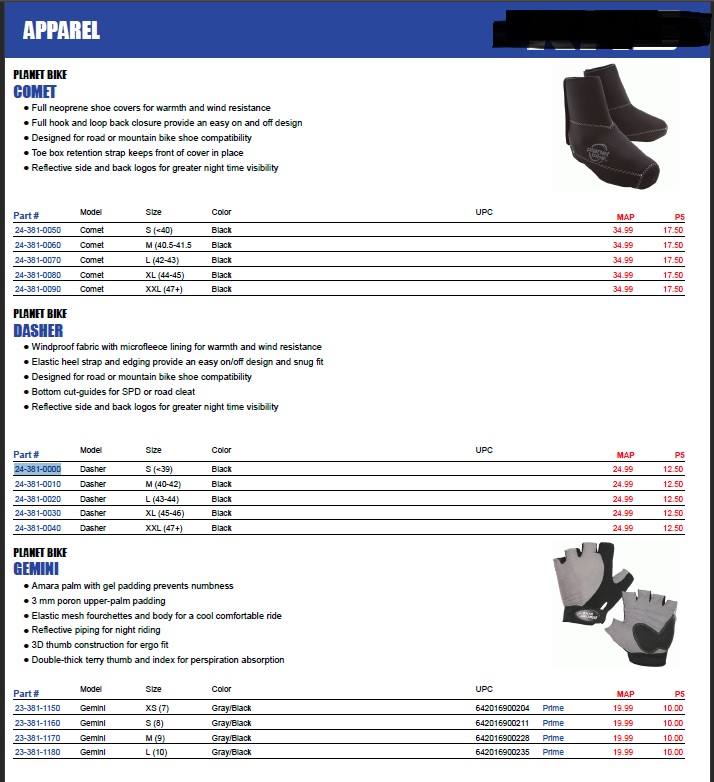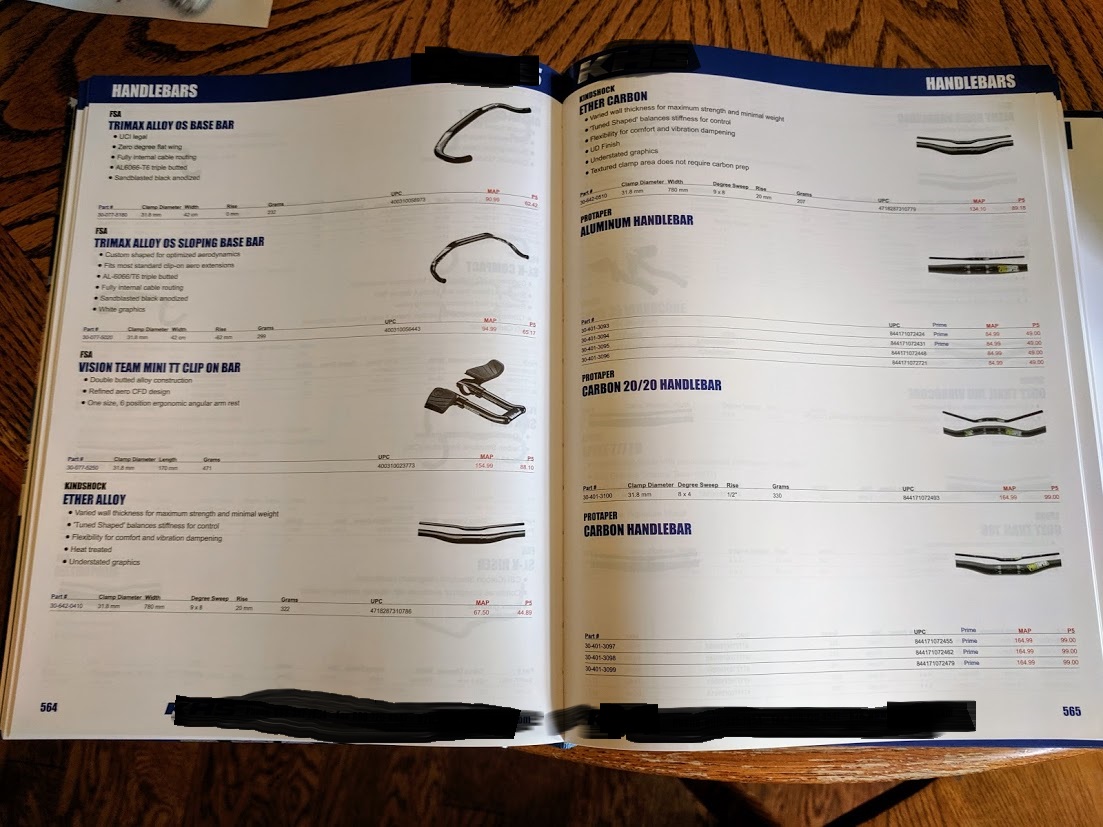Overview
Even though we’re at the age of the internet, a lot of companies still print hard copy catalogs.
If you work in any one of these organizations, you’ll know when it’s catalog season, it’s becomes a very stressful period in that the company has to put together all of their item attributes, pricing, description, pictures, etc in one “packet”.
This packet (along with your website) is your first impression to customers and prospects that may want to do business with you. Sometimes, your first impression is your only impression so companies will get it “right”.
Not only do you have to organize everything together, the information needs to be put together and shipped off for printing. The time constraints is furthered because a lot of US companies ship their catalog overseas so you will need to compile everything togehter even earlier.
The Problem
Here’s sample list of tasks for people creating catalogs:
- Consolidating the item data
- Figure out pricing
- Consolidate the images
- Make sure the right description is there
- Figure out the Specifications
- Get the right pagination
- Categorize the items
Of course, this is only a partial list. To all you folks responsible for creating catalogs, I feel you bro.
To add on to the problem, in most cases, the description, spec, images, etc are never in a central location for the marketing/art department. Making the job more difficult.
Not only that, people have to deal with disjointed data. The catalog data is often not tied to the ERP/order entry system. So whoever is looking at the ERP/Order Entry system often will need their catalog next to them to flip through the actual page on what the customer is talking about.
So wouldn’t having all of the data in one central place be wonderful? Yes. Yes it would be.
Fed Up
So one of our clients, fed up with the amount of work they have to put into creating catalogs every year, decided to make a change. Of course we were tasked with finding or creating the right solution for them.
In addition, they have to create “mini catalogs” every month and every quarter.
The Challenge
As we looked for an add-on, but was most were too expensive and not scalable or customizable. They are not too thrilled on having to rely on a proprietary software. In addition, they needed to pay an annual enhancement for a product that didn’t do everything they wanted.
So having add-on or a separate piece of software for catalog was out of the question.
Putting everything in a central place like Business Central (Dynamics NAV) makes a lot of sense. However, even if you have all of the data in Business Central (NAV) there’s another problem. RDLC.
Let’s face it, RDLC is a disaster. Despite multiple complaints from partners and multiple releases, RDLC is still absolute trash. You will still run into memory issues, it’s still slow as hell, it’s still tough to make changes.
To print >5,000 page catalog with images and data from all over the place in one go? Har Har…
So having add-on or a separate piece of software for catalog was out of the question. Putting everything in a central place like Business Central (AKA Dynamics NAV) is good, but RDLC is trash. What to do?
Figure It Out
First we needed to create an infrasture to house their item categories and the text descriptions of the catalog. That part of it was straightforward since we know Business Central (Dynamics NAV).
The next challenge was to actually print the thing out. RDLC simply didn’t work. Period.
It couldn’t handle the number of records that we’re going to pass to it, and it couldn’t handle the images we’re going to send to it.
Any developer that has worked with RDLC will tell you that trying to make a RDLC look good on a form type report will require a sacrifice of your first born on a specific day to the software Gods. Not to mention the margins and the page breaks…
The Solution
Our prayers seems to be answered with a simple tool from a company in Europe. ForNAV.
Note that I’m not getting paid to promote their product, infact, I’m paying them to use their product…
Not only was it easy to create the catalog, it could handle everything we threw at it.
Here’s the result printing from with in NAV:

The customer was extactic! This effectively cut their time to put together the catalog from 5 months to 5 minutes!
This is what they created for their catalog using NAV:
Not just printing catalog, this allows the customer to utilize the same report to print their weekly and monthly promotional catalogs at a fraction of the time.
Conclusion
The whole concept of ERP is to save you time and make processes more efficient.
Somehow, in the pursuit of integrating different silos of software togther, large software companies are losing sight of one simple goal why people use software in the first place; to make our lives easier.
I do miss those days where we can have one software with one interface where we can do what we needed to do and go home… But the industry and the customers wants to go where they want to go.
By the way, I’m still waiting for MSFT to trash RDLC.


